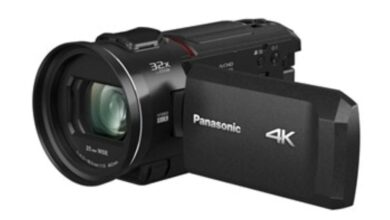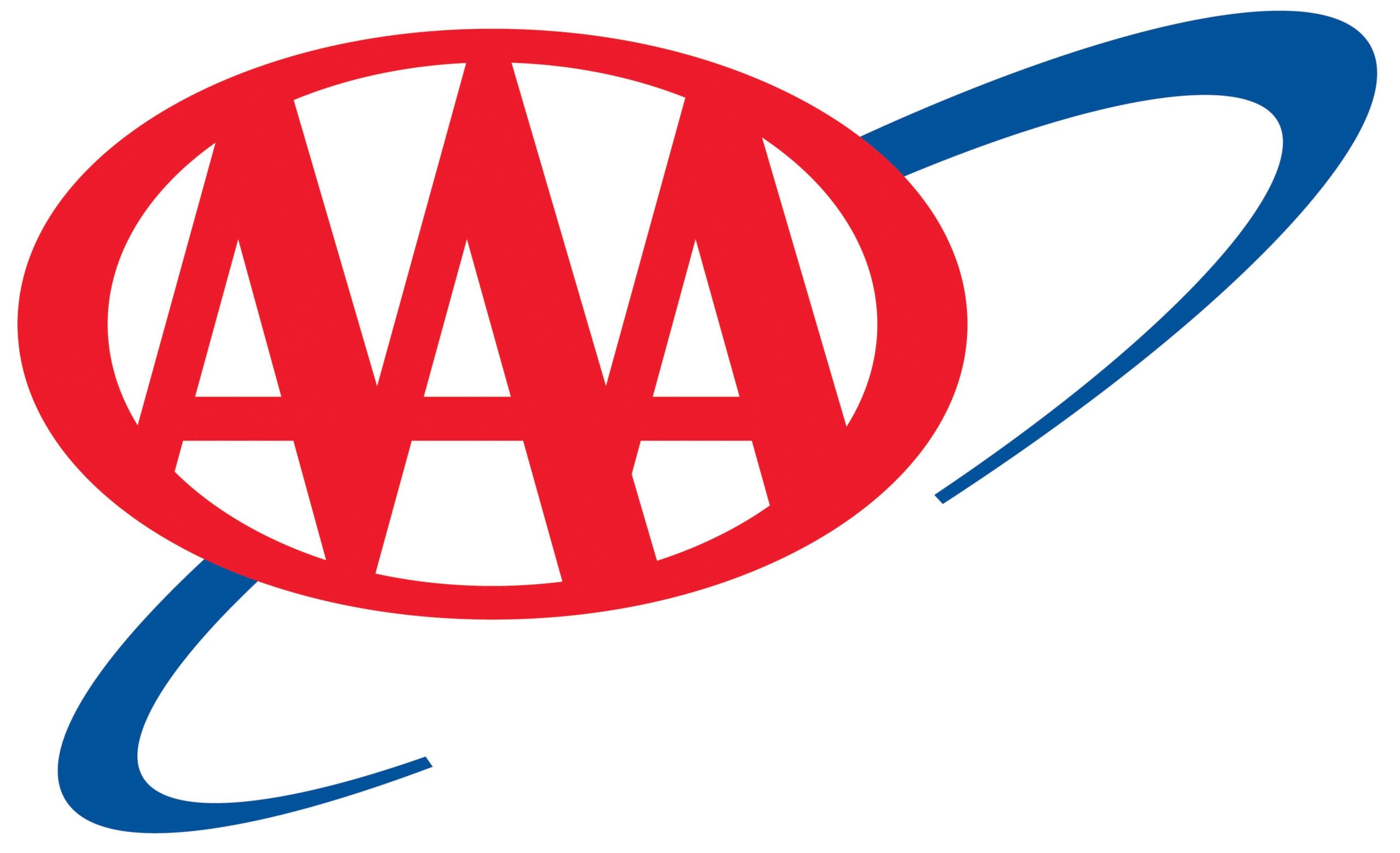Things You Need to do Before You Launch a Product
Product launches can be tough, and if you’re not careful can get out of control. That’s why companies over the years have come out with strategies to reduce the risk of big mistakes when they launch their products, and these strategies involve a few simple precautions to be taken along the launching process. Have you ever wondered what product launches look like from the other side? Read on to find out.
A LOT of research
Before a product is even fully developed, there’s a lot of research to be done. Thorough market research can give insights that let you know who your customers are and what they want and can let you conclude several things. It can inform how you position your product, where you should try to sell your product, what your price-point looks like and how you should try to communicate with potential clients. Lots of companies don’t stop there, however, and the difference between the truly successful companies and those who have more risky launches are that the successful product launches tend to be informed by fieldwork.
Fieldwork research, according to Angelfish Fieldwork, is one of the best ways to understand your brand, as it involves getting people in the room and asking them what they think about the brand or product. This is pretty crucial as it could cause you to avoid embarrassing misconceptions you might have about your product or brand, which could devalue it in the long run. It’s an important part of a lean launch, and gives companies the opportunities to change their offering based on what their customers actually want.
Messaging Strategy
How a product is positioned can massively impact how your customers view your product. After your research, you should have a clearer idea of what your customers want, and it’s at that point that a catchy tagline and value proposition are developed. These communicate to your clients what the products features are, how they can help certain problems and what value they can bring to a customer’s life.
Promotion Strategy
Once they’ve got a message, a company needs to plan how they’re going to promote the product they’re launching. This is fairly key, and in general the more work done here, the higher the chance of success. Different strategies are aplenty, and they range from online targeting in the form of creating blogs to the sort of wacky PR antics that a promotional genius like Nathan Fielder implements. Free products or trials are a great and traditional way to boost a promotion strategy, and this works for both B2C and B2B products and companies. B2B products can also get a helping hand if they launch at a trade fair.
After Launch
After launch, the very best product companies have a plan for the next few months. They need efforts to maintain the work they did on their product, otherwise they’ll get a boost and then steep declines. Engaging social media, content marketing and influencer marketing tactics are typically ways that a company can support their launch – alongside a dedicated customer support team, of course!




